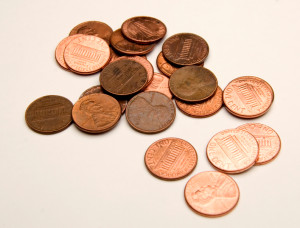All about an important unit of measurement
Contrary to how the word sounds, a pennyweight isn’t a new boxing weight class or a particularly light coin that’s worth next to nothing. It’s actually an important unit of measurement that helps coin dealers—and the folks with whom they work—determine how much their gold and silver is worth. Not very many people know what a pennyweight is or why it’s a useful unit of measurement, which is why a succinct definition is in order.
What Is a Pennyweight?
According to Merriam-Webster’s Dictionary, a pennyweight is a “unit of weight equivalent to 24 grains.” If that leaves you scratching your head, it’s probably because no one really knows what a “grain” is anymore. This is an arcane definition that doctors used in the days when bloodletting with leeches was common. In fact, the first known use of the term came way back in the 14th century.
Fortunately, there’s a simpler, more common definition for this important unit of measurement: 1.555 grams. Although it’s possible to measure silver and other precious metals in pennyweights, it’s most common to use this unit when dealing with gold. Despite its ancient heritage, many coin and antique dealers still use pennyweights to make offers on valuable items.
Converting to Troy Ounces
The story doesn’t quite end there. Even though many dealers use the pennyweight to evaluate old coins and other light items made from precious metals, the actual market price of gold is always quoted in Troy ounces. As such, sellers and dealers need to be able to convert freely between pennyweights and Troy ounces. Since a Troy ounce is about 31.1 grams, it follows that a pennyweight is about 20 Troy ounces.
Cautions and Caveats
Before you start converting between pennyweights and ounces, it’s important to understand that Troy ounces aren’t quite the same as the “standard” ounces that measure other dry and liquid items. Standard ounces come in at 28 grams or just over 18 pennyweights. However, you’ll probably never need to convert from pennyweights to standard ounces.
Looking to Sell Gold in the Buffalo Area? We Can Help
Now that you’ve learned something about the pennyweight, you might feel more confident about taking stock of your old coins and earning some much-needed cash for gold or silver. As the Buffalo area’s premier buyer of precious metals and antiques, we can certainly help you get a fair value for your valuable possessions. For more information about what we can do for you, call us at (716) 204-8800 or drop by our store in Cheektowaga during regular business hours.
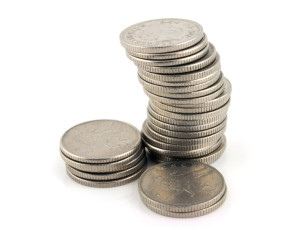 If you’re like most people, you have more important things to worry about than the difference between coin silver and sterling silver. Unfortunately, your wallet might not think that this distinction is insignificant. Before you
If you’re like most people, you have more important things to worry about than the difference between coin silver and sterling silver. Unfortunately, your wallet might not think that this distinction is insignificant. Before you 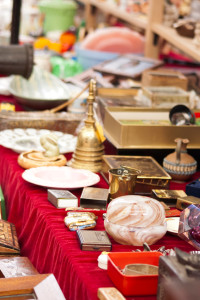 Families often use
Families often use 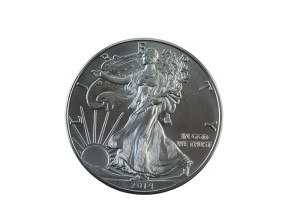 The price on silver sits near an all-time high, and millions of Americans are thinking about trading in their old coins to take advantage of it. However, the value of a silver dollar—and any other coin made from the material—is dependent on far more than the intrinsic worth of its components. Before you
The price on silver sits near an all-time high, and millions of Americans are thinking about trading in their old coins to take advantage of it. However, the value of a silver dollar—and any other coin made from the material—is dependent on far more than the intrinsic worth of its components. Before you 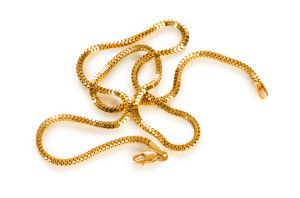 Fine gold, also known as 24-karat gold, is a remarkably dense and heavy metal, but it’s also extraordinarily soft. It’s so soft that you can make an indentation in it with your teeth, and that’s exactly how people in ancient times tested coins that appeared to be made of gold to certify their purity. Lacking more advanced technology, it really wasn’t a bad way to go about doing business.
Fine gold, also known as 24-karat gold, is a remarkably dense and heavy metal, but it’s also extraordinarily soft. It’s so soft that you can make an indentation in it with your teeth, and that’s exactly how people in ancient times tested coins that appeared to be made of gold to certify their purity. Lacking more advanced technology, it really wasn’t a bad way to go about doing business.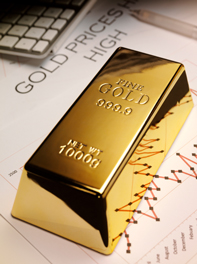 Where did all of this shiny stuff come from?
Where did all of this shiny stuff come from?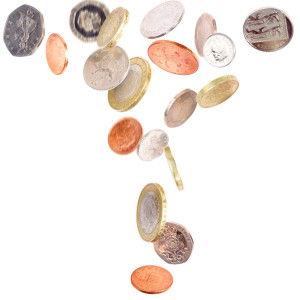 Monetary versus personal value
Monetary versus personal value